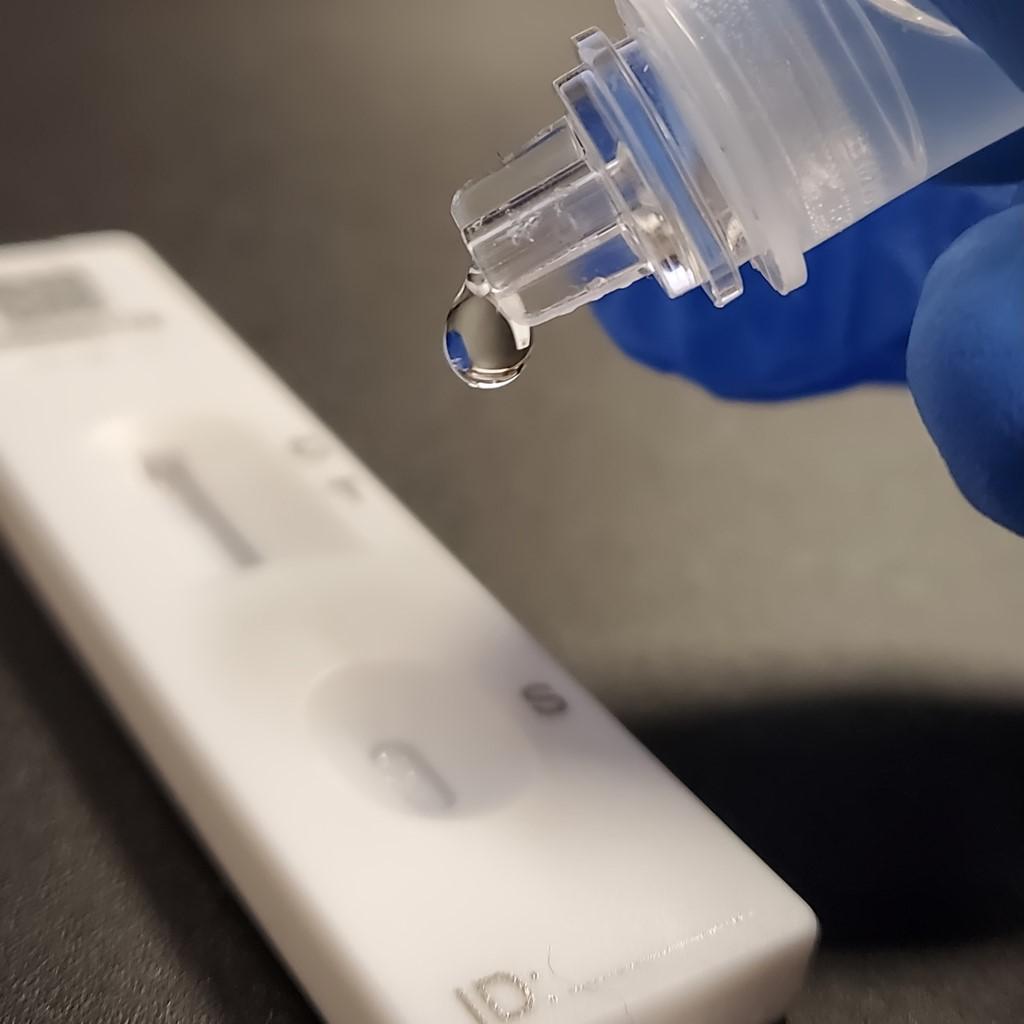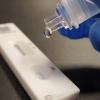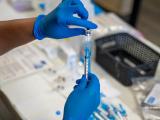Today members of the Biden COVID-19 preparedness team addressed the nation unmasked and from the same room as they spoke about the country's move to a "new normal" stage of the pandemic, where COVID-19 is no longer a national emergency.
Echoing statements made last night during President Joe Biden's State of the Union address, Jeff Zients, White House COVID response coordinator, said, "We have reached a new moment in the fight against COVID-19 because of the significant progress we made as a country, and we are moving forward safely."
Zients said most Americans can now be mask-free, and a new federal response plan released today will focus on four key goals for the path ahead. These include a new test to treat program, which would provide free medications at commercial pharmacies for patients who have tested positive for COVID-19.
The plan also includes a vaccine development platform that could tailor vaccines to new variants within 100 days, plans to prevent future school and business shutdowns, and more efforts to distribute COVID-19 vaccines globally.
"The plan is robust and comprehensive," Zients said.
Plan promises more antivirals
The test to treat program will establish "One-Stop Test to Treat" locations at pharmacy-based clinics, community health centers, long-term care facilities, and Department of Veterans Affairs facilities across the country, the White House said.
"One-stop" sites will be operational within the month and will allow patients who test positive at a pharmacy to be treated with Pfizer's Paxlovid antiviral pills on the spot, for free.
Last night Biden said Pfizer would make 1 million antiviral pills this month and 2 million in April.
The pills, which were approved late last year, have so far been in short supply in the United States. They are meant to prevent hospitalization and death in people ages 12 and older who are at risk for developing severe outcomes from COVID-19 infections. Users are to take three tablets, twice per day for 5 days shortly after their COVID-19 diagnosis.
Better tests needed
Michael T. Osterholm, PhD, MD, director of the University of Minnesota's Center for Infectious Disease Research and Policy, publisher of CIDRAP News, who consulted with the White House on the plan, said although test to treat is an excellent idea in principle, it would require better rapid COVID-19 tests.
"We continue to see in the first days of infection, that rapid lateral flow tests are only [correctly] positive 40% to 60% of the time," Osterholm said. "We don't want to turn away those who are positive, so this is begging for much more sensitive lateral flow tests."
Regarding the quick production of vaccines for new variants, the reports says, "America has established a world-class sequencing operation, sequencing up to 90,000 isolates a week." The Centers for Disease Control and Prevention can now reliably detect variants that account for as little as 0.1% of all COVID-19 cases circulating in the United States, and scientists can assess mutations rapidly, allowing the government to respond quickly to worrisome variants.
Osterholm applauded this effort, and said he was confident President Biden understood that even after relative months of quiet, new variants could change the pandemic in the United States in the future.
Daily average drops to 60,000 cases
Daily case counts continue to drop across the country as the nation emerges from the winter Omicron surge.
The United States reported 47,031 new COVID-19 cases today and 1,691 deaths, according to the Johns Hopkins COVID-19 tracker.
The 7-day average of new daily cases is 59,532, with 1,929 daily deaths, according to the Washington Post tracker. This is down from a daily case average of 800,000 recorded at the beginning of January.
The Department of Health and Human Services Protect Public Data Hub shows 41,944 inpatient beds are currently in use for COVID-19 patients.






















